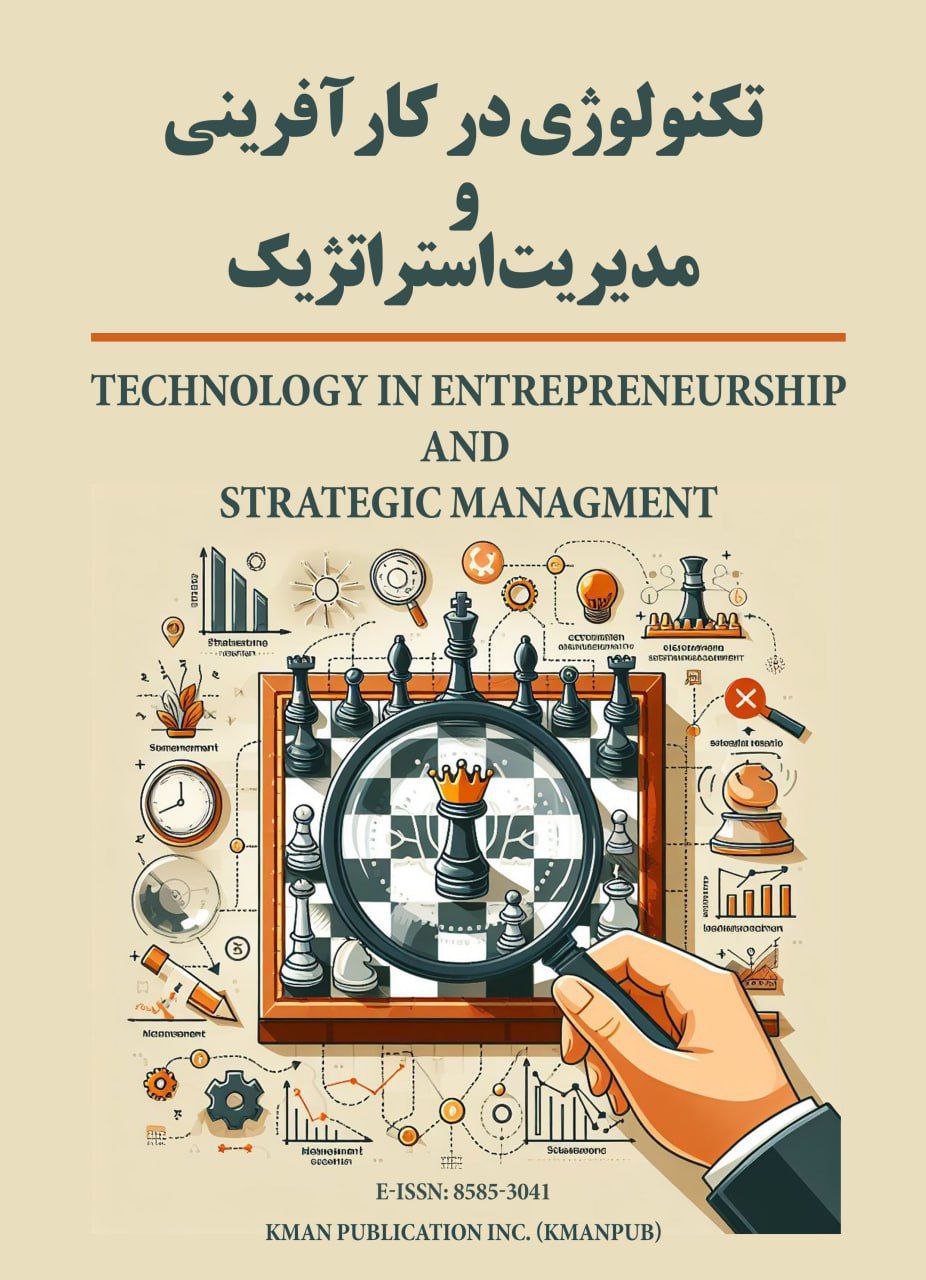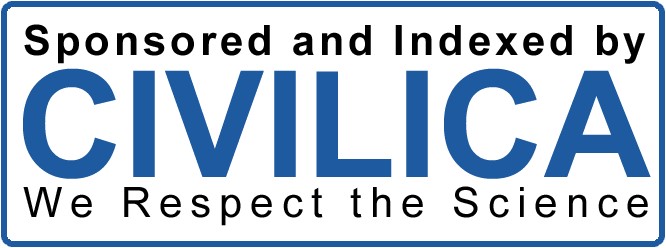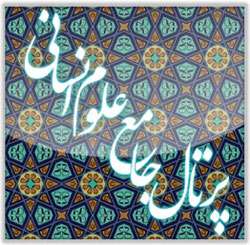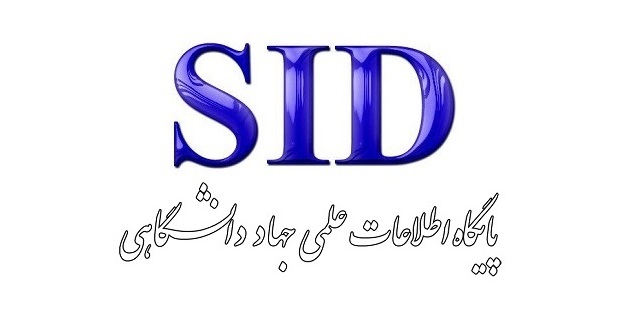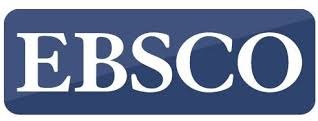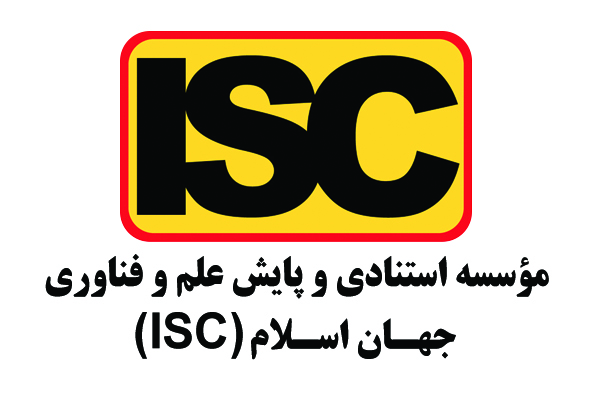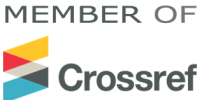ارائه مدل خدمات بانکی مشتری محور در بانک رفاه با استفاده از رویکرد مدلسازی معادلات ساختاری
کلمات کلیدی:
مشتری محوری, خدمات بانکی, بانک رفاه, مدلسازی معادتت ساختاریچکیده
با توجه به اهمیت بالای مشتری محوری به ویژه در صنعت بانکداری هدف اصلی این پژوهش طراحی مدل خدمات بانکی مشتری محور در بانک رفاه است. در تحقیقات مختلف به جنبههای مختلفی از مشتری محوری در صنعت بانکداری پرداخته شد، اما به موضوع طراحی مدل خدمات بانکی مشتری محور پرداخته نشده است. از این رو هدف این پژوهش ارائه مدلی از عوامل تاثیرگذار و پیامدهای طراحی مدل خدمات بانکی مشتری محور در بانک رفاه با رویکرد مدلسازی معادلات ساختاری است. این پژوهش از نظر هدف كاربردی و از نظر ماهیت و روش، پژوهشی توصیفی شمرده میشود. همچنین از دیدگاه گردآوری اطلاعات، یك پژوهش پیمایشی است. جامعه آماری مدیران ارشد هر شعبه(رئیس شعبه، معاون شعبه و رئیس حسابداری) و مشتریان برتر هر شعبه هستند.در هر شعبه شش پرسشنامه توزیع گردید و سه نفر از مدیران و سه نفر از مشتریان برتر همان شعبه به سوالات پرسشنامه پاسخ دادند. تعداد شعب بانک رفاه در شهر تهران 134 شعبه است و با توجه به اینکه در هر شعبه شش پرسشنامه توزیع میشود، تعداد کل جامعه 804 نفر است. با توجه به جدول مورگان تعداد نمونه در این بخش 260 نفر میباشد که محقق 10 درصد بیشتر از این مقدار پرسشنامه را در بین نمونههای مورد نظر توزیع کرده است. لازم به ذکر است که روش نمونه گیری در این پژوهش از نوع غیر احتمالی در دسترس است. ابزار جمع آوری دادهها در این پژوهش پرسشنامه بوده که برای بررسی روایی در این پژوهش از روایی محتوا و روایی سازه استفاده گردید. برای بررسی روایی محتوا نیز از نظر برخی از اساتید مدیریت بازارگانی و بازاریابی استفاده شده است. برای بررسی پایایی نیز از ضریب آلفای کرونباخ و پایایی ترکیبی استفاده گردید که مورد تایید قرار گرفت. برای بررسی فرضیههای پژوهش از روش مدلسازی معادلات ساختاری با رویکرد حداقل مربعات جزیی استفاده گردید. با توجه به نتایج بدست آمده تمامی فرضیههای پژوهش فرضیههای پژوهش مورد تایید قرار گرفتند.
دانلودها
مراجع
Aghazadeh Hashem, M., & Mina, M. (2010). A local scale of market orientation for Iranian commercial banks. Business Management Perspectives, 35(2), 119-143. https://jbmp.sbu.ac.ir/article/view/article_94262.html
Asanloo, B., Ghobeh, M., & Fazli Nejad, P. (2017). The effect of brand orientation on internal brand equity. Business Management Perspectives, 14(32), 105-125. https://jbmp.sbu.ac.ir/article_96750.html
Azadeh, S., Ahmadian, S., & Mohaghegh Zadeh, F. (2019). The impact of customer satisfaction, trust, certainty, and positive word-of-mouth advertising on purchase intention with emphasis on social networks. Scientific Journal of Shabak, 5(47), 9-16. https://smrj.ssrc.ac.ir/article_908.html
Bahri Nejad, R., Khanlari, A., Hasankhlu, T., & Hosseini, S. M. (2018). Identifying the most important marketing processes in Iran's banking industry to develop a banking marketing maturity model. Journal of Business Management, 10(4), 795-814. https://jibm.ut.ac.ir/article_68466.html
Bozorg Asl, M., Samadi, M. T., & Barzideh, F. (2017). The relationship between liquidity risk and credit risk and its impact on financial instability in Iran's banking industry. Banking Research Journal, 10(33), 509-531. https://jik.srbiau.ac.ir/article_12137.html
Ghorbani, I. (2020). Evaluating the role of learning orientation, trust, and employee commitment on the effectiveness of logistics services. New Research Approaches in Management and Accounting, 41(Fall), 148-165. https://majournal.ir/index.php/ma/article/view/511
Hemmati, H., & Abbasi Far, A. (2015). The impact of stock market fluctuations on the performance of listed banks in the Tehran Stock Exchange. Economic and Business Journal, 6(10), 13-26. https://sanad.iau.ir/fa/Journal/jebr/DownloadFile/1046177
Heydari, H., Sadeghpour, S., & Dehghan, M. (2017). The relationship between inflation uncertainty and the amount of interest-free loans granted by banks. Research in Monetary and Financial Economics, 24(14), 135-154. https://danesh24.um.ac.ir/article_31696.html
Hosseinzadeh, M. R., & Khodadadi, A. (2018). Developing credit risk strategies based on the SWOT model in Bank Melli Iran. Scientific-Research Journal of Modern Marketing Research, 8(2), 55-68. https://nmrj.ui.ac.ir/article_23015.html
Jafari Samet, A. (2018). Mergers: An effective solution to prevent bank bankruptcies. Banking Research Journal, 11(37), 437-466. https://www.sid.ir/fa/journal/ViewPaper.aspx?ID=536796
Khoran, A., Karimzadeh, M., & Hadadian, A. (2014). Identifying and prioritizing factors influencing the selection of banks and financial institutions by customers. Rasht, June 21.
Kimasi, M., Rezaei, S., & Ghafari Nejad, A. H. (2016). The impact of banking sanctions on their profitability. Banking Research Journal, 9(24), 1-14. https://www.sid.ir/paper/263701/fa
Koole, B. (2020). Trusting to learn and learning to trust. A framework for analyzing the interactions of trust and learning in arrangements dedicated to instigating social change. 1-9. https://doi.org/10.1016/j.techfore.2020.120260
Mir Asgari, S. R., & Hosseini Nasaz, H. (2017). Analyzing the impact of macroeconomic variables on credit risk in banks. Research in Monetary and Financial Economics, 24(13), 175-199. https://danesh24.um.ac.ir/article_31478.html
Mohammadi Zarrandi, M. I., Alborzi, M., Hosseinzadeh Lotfi, F., & Shahriari, M. (2013). Providing a model based on value creation for evaluating financial performance in banks and financial institutions. Scientific-Research Journal of Accounting and Auditing Management, 2(7), 115-122. https://journals.srbiau.ac.ir/article_7504.html
Muhammad, A. (2024). Decentralized Finance (DeFi) and Traditional Banking: A Convergence or Collision. Economics Politics and Regional Development, 5(1), p1. https://doi.org/10.22158/eprd.v5n1p1
Nekoee Zadeh, M., & Amini, A. (2019). Analyzing Samsung's opportunistic technology in the mobile phone market with an emphasis on customer loyalty and trust. Journal of Technology Development Management, 7(3), 125-148. https://jtdm.irost.ir/article_896.html
Nourbakhsh, S. H., Shafiei Roudpeshni, M., & Mousavi, S. M. (2015). The effects of organizational culture on market orientation development in the banking system of the Islamic Republic of Iran: A case study of Bank Mehr Eqtesad in Greater Tehran. Strategic and Macro Policy Journal, 3(9), 67-95. https://www.jmsp.ir/article_9662.html
Pagliara, F., Aria, M., Russo, L., Della Corte, V., & Nunko, R. (2020). Validating a theoretical model of citizens' trust in tourism development. 1-35. https://doi.org/10.1016/j.seps.2020.100922
Pambudi, A., Widayanti, R., & Edastama, P. (2021). Trust and Acceptance of E-Banking Technology Effect of Mediation on Customer Relationship Management Performance. ADI Journal on Recent Innovation, 3(1), 87-96. https://doi.org/10.34306/ajri.v3i1.538
Prentice, C., Wang, X., & Loureiro, S. M. C. (2019). The influence of brand experience and service quality on customer engagement. 12, 50-59. https://doi.org/10.1016/j.jretconser.2019.04.020
Qasemi Doghagh, N. (2017). The impact of capabilities and resources of knowledge management on the organizational effectiveness of private and public banks in Gilan Province Rasha Islamic Azad University, Faculty of Management and Accounting]. https://elmnet.ir/article/1785976-23022/%D8%A8%D8%B1%D8%B1%D8%B3%DB%8C-%D8%AA%D8%A7%D8%AB%DB%8C%D8%B1-%D8%A7%D8%A8%D8%B9%D8%A7%D8%AF-%D9%85%D8%AF%DB%8C%D8%B1%DB%8C%D8%AA-%D9%85%D9%86%D8%A7%D8%A8%D8%B9-%D8%A7%D9%86%D8%B3%D8%A7%D9%86%DB%8C-%D8%A7%D9%84%DA%A9%D8%AA%D8%B1%D9%88%D9%86%DB%8C%DA%A9-%D8%A8%D8%B1-%D8%A7%DB%8C%D8%AC%D8%A7%D8%AF-%DA%86%D8%A7%D8%A8%DA%A9%DB%8C-%D8%B3%D8%A7%D8%B2%D9%85%D8%A7%D9%86%DB%8C-(%D9%85%D9%88%D8%B1%D8%AF-%D9%85%D8%B7%D8%A7%D9%84%D8%B9%D9%87_-%D8%A8%D8%A7%D9%86%DA%A9%D9%87%D8%A7%DB%8C-%D8%B4%D9%87%D8%B1-%D8%A8%D9%88%D8%B4%D9%87%D8%B1)
Rahmat Nejad, A., & Samadi, M. (2015). Studying the relationship between effective customer relationship management and organizational effectiveness from the perspective of Bank Mellat employees. Sociological studies, 7(28), 41-56. https://srb.sanad.iau.ir/en/Article/957686?FullText=FullText
Razazadeh, M., & Haj Ali Akbari, N. (2015). Examining the impact of brand credibility dimensions on the growth of small and medium-sized enterprises (Case study: Small and medium enterprises in Gilan Province) Zanjan Islamic Azad University, Faculty of Management]. https://civilica.com/doc/425819/
Saeib Nia, S., Arjang, S., & Javidi, A. (2019). Examining the impact of customer satisfaction and trust on the warranty of Saipa's body in dealership 2110 of Saipa Automotive Group in Ardabil Province. New Research Approaches in Management and Accounting, 3(11), 85-97. https://majournal.ir/index.php/ma/article/view/150
Saral, R., Salehzadeh, R., & Mirmehdi, S. M. (2024). Investigating the influence of service quality on loyalty in banking industry: the role of customer engagement. International Journal of Services, Economics and Management, 15(1), 1-19. https://doi.org/10.1504/IJSEM.2024.136057
Shahcheraghi, M., & Taheri, M. (2015). The impact of banking capital structure on the role of banks in liquidity creation in Iran's economy. Banking Research Journal, 8(23), 59-81. https://www.sid.ir/paper/263732/fa
Shahcheraghi, M., & Taheri, M. (2019). The impact of liquidity requirements on the Central Bank's policies in the interbank market in Iran. Banking Research Journal, 12(39), 23-48. https://www.noormags.ir/view/fa/articlepage/1524606/%D8%AA%D8%A7%D8%AB%DB%8C%D8%B1-%D8%A7%D9%84%D8%B2%D8%A7%D9%85%D8%A7%D8%AA-%D9%86%D9%82%D8%AF%DB%8C%D9%86%DA%AF%DB%8C-%D8%AF%D8%B1-%D8%B3%DB%8C%D8%A7%D8%B3%D8%AA-%DA%AF%D8%B0%D8%A7%D8%B1%DB%8C-%D8%A8%D8%A7%D9%86%DA%A9-%D9%85%D8%B1%DA%A9%D8%B2%DB%8C-%D8%AF%D8%B1-%D8%A8%D8%A7%D8%B2%D8%A7%D8%B1-%D8%A8%DB%8C%D9%86-%D8%A8%D8%A7%D9%86%DA%A9%DB%8C-%D8%A7%DB%8C%D8%B1%D8%A7%D9%86
Taheri, M., & Abdollahi, Z. (2016). Investigating the dynamics of financial leverage and optimal capital structure in the banking system of Iran. Journal of Monetary and Banking Development, 3(7), 29-50. https://civilica.com/doc/793750/
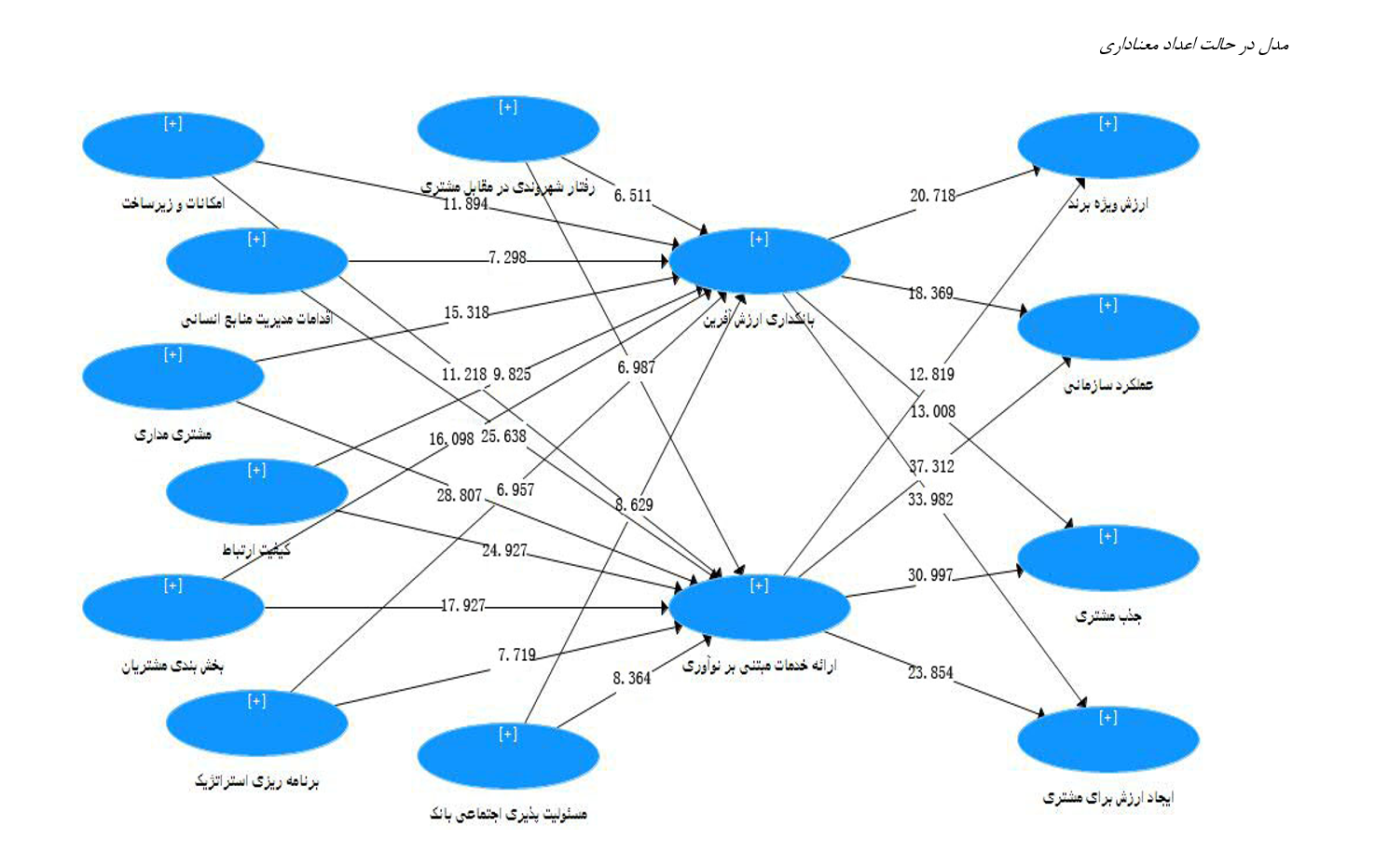
دانلود
چاپ شده
ارسال
بازنگری
پذیرش
شماره
نوع مقاله
مجوز
حق نشر 2025 تکنولوژی در کارآفرینی و مدیریت استراتژیک

این پروژه تحت مجوز بین المللی Creative Commons Attribution-NonCommercial 4.0 می باشد.
